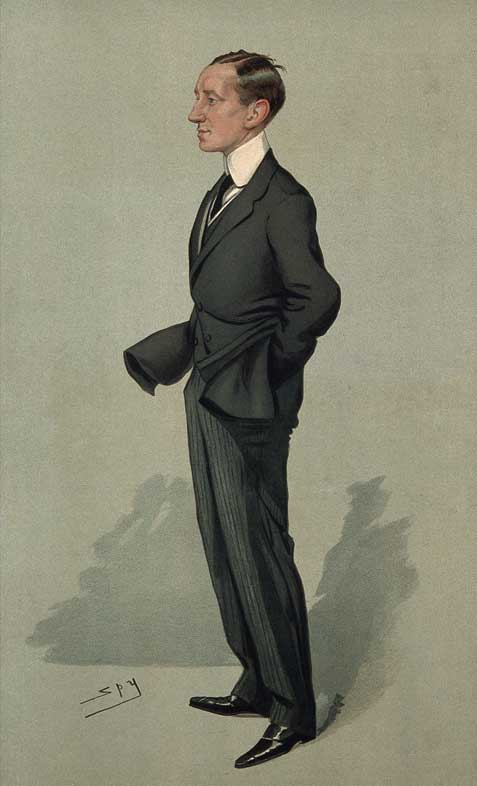Elizabeth Bruton reviews Marconi: the Man Who Networked the World by Marc Raboy

In July 1897 the young Italian entrepreneur Guglielmo Marconi was granted what is considered to be the world’s first wireless patent. To commercialize and popularize the embryonic technology that was wireless telegraphy, he founded his own company – the Wireless Signal and Telegraph Company, which later became Marconi’s Wireless Telegraph Company. The Italian innovator – and future Nobel physics laureate – had an ambitious vision for an interconnected, global wireless network, modelled on the existing global telegraphic network that spanned the globe in the late 19th century.
The success of Marconi – the man, as well as his many companies in the fields of wireless communications, broadcast radio and early television – is well documented in many a popular and academic publication. And yet, despite continued interest in Marconi’s public and private life throughout his time and even today, Marc Raboy’s Marconi: the Man Who Networked the World is the first detailed, thorough and academically rigorous biography of Marconi. Raboy presents a critical account of Marconi’s personality and private life, connecting the many different strands – commercial, political, social and public – surrounding Marconi, as well as covering the inventor’s important contributions to wireless communications and other technologies that have impacted our modern world.
The book neatly divides Marconi’s life into five chronological sections, describing various aspects and impacts of Marconi’s personality. The first section, “The Prodigy”, looks at Marconi’s early life as he grew up in Bologna, with his Italian–Irish family – his mother was Annie Jamieson of the Irish whiskey family. In 1896 at the age of 22, Marconi moved to Britain to begin his early commercial and international work in wireless technology, which led to his ground-breaking transatlantic transmission in December 1901.
Around this narrative of the more well-known parts of Marconi’s life, Raboy also describes more personal tales, including Marconi’s early and secretive romantic entanglements, such as his unfulfilled engagement to the American Josephine Holman.
The book then moves on to “The Player” – a section that examines the eight busy years between the transatlantic transmission in 1901 and Marconi’s Nobel prize (awarded jointly with German wireless pioneer Ferdinand Braun) in 1909. The book deftly intertwines Marconi’s charming personality and highly successful use of publicity – Marconi presented himself as a celebrity inventor – with the early commercial and international development of the various Marconi companies. Raboy also points out Marconi’s less charming use of legal action, including patent litigation, in an attempt to stifle competition.
In “The Patriot”, Raboy moves on to wider changes in the Marconi Company, such as the appointment of new managing director Godfrey Isaacs, and the ups and downs of Marconi and his companies before and during the First World War. The latter included the life-saving and headline-grabbing application of wireless telegraphy during the sinking of the RMS Titanic in 1912. Another point of note was the “Marconi Scandal”, also in 1912, in which the company lost its lucrative contract with the British government to construct the Imperial Wireless Scheme, in light of political deals and share-rigging. Raboy also describes how Marconi reconsidered his role, and that of wireless communications, in the aftermath of the world wars and the global devastation they had wrought.
The final two sections of the book – “The Outsider” and “The Conformist” – look at the inventor’s first forays into Italian fascism in the 1920s and 1930s, as well as the end of his first marriage and subsequent second marriage. Raboy also explores Marconi’s interest and involvement in wider technical applications of wireless technologies including beam navigation for ships and aircraft, broadcast radio, and short-wave long-distance radio. Marconi conducted many experiments in these new and promising technologies, with much of his experimental programme conducted on his floating laboratory, the yacht Elettra after whom his daughter Elettra from his second marriage was named (and not the other way round).
Raboy concludes with Marconi’s somewhat early and unexpected death in July 1937 at the age of 63, his heritage and the concerted efforts of Marconi and later his family to control his reputation and guarantee his legacy – a task continued by the Marconi Company publicity department well beyond Marconi’s death into the late 20th century.
In this readable and authoritative biography running to nearly 900 pages, Raboy provides a critical and illuminating study of how Marconi’s complicated personality and personal attributes – an irresistible combination of magnetic charm, singular vision and ruthless grand ambition – shaped his own life as well as the lives of many others. Unlike previous studies of Marconi, Raboy does not gloss over the more negative aspects of the inventor’s personality: his absence as a father; his many romantic affairs; his multiple and frequent threats of patent litigation to limit commercial competition; his use of the work of others (only some of whom worked for him and his companies); his (ultimately unfulfilled) monopolistic ambitions for a global wireless network; and his close involvement with Italian fascism towards the end of his life. Instead, Raboy argues that it was these very personality traits that shaped and determined the majority of Marconi’s business and technological choices, many of which contributed ultimately to the interconnected wireless world we live in today.
In claiming Marconi as “the man who networked the world”, Raboy is perhaps on shakier ground, as he downplays the importance and successes of the pre-existing global telegraph network in order to present Marconi as a unique visionary. Despite this somewhat overly ambitious underlying premise, Raboy’s volume is a major and long overdue biography that combines archival sources and publications to create a highly readable and fascinating insight into the public and private aspects of Marconi’s life. The book will appeal to popular and academic readers alike, including those with an interest in early wireless and telecommunications technologies, as well as those interested in a more insightful and illuminating look at Marconi’s life.
- 2016 Oxford University Press 872pp £25hb



